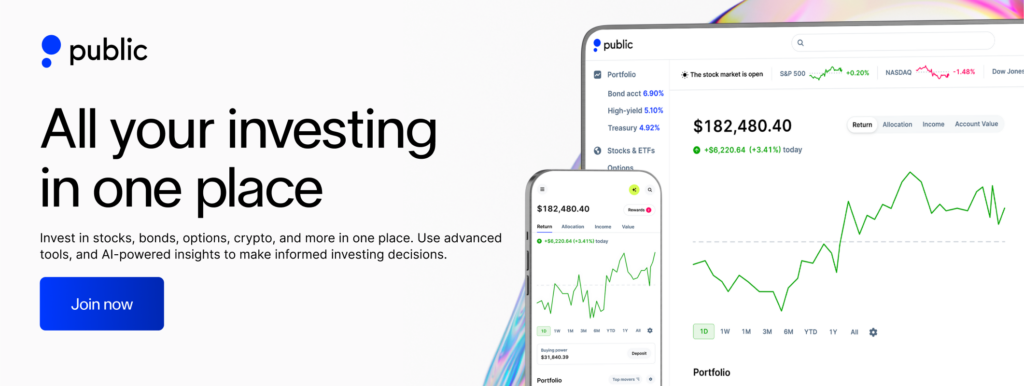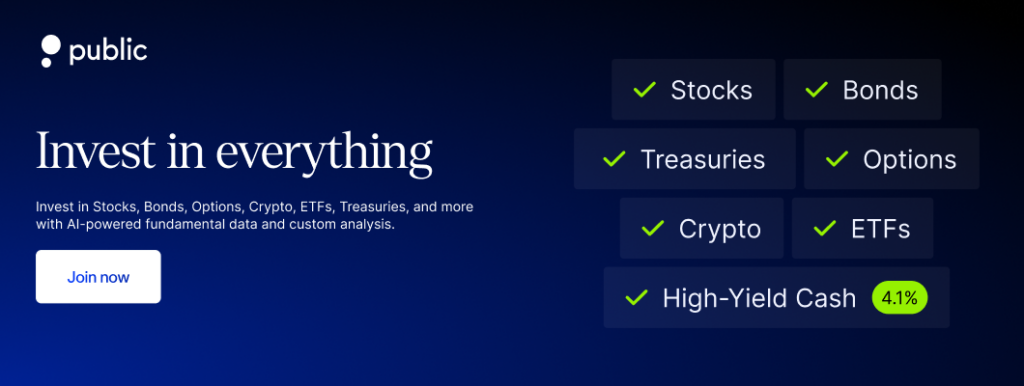If you’ve traded stocks or options through a commission-free brokerage in the U.S., you’ve likely encountered the concept of Payment for Order Flow (PFOF)-even if you didn’t realize it. Over the past decade, PFOF has become a central part of how many retail brokerages operate. As an investor, understanding what PFOF is, how it works, its potential benefits, and concerns may help you make more informed decisions about where and how you trade.
Payment for order flow (PFOF): Definition & how it works?

Table of Contents
What is payment for order flow?
Payment for order flow(PFOF) is a practice where brokerage firms receive compensation from third-party market makers for routing their clients’ trades to those market makers, rather than sending them directly to a stock exchange.
When a brokerage receives a stock market order, they manage the deal through a clearing firm, which routes orders. The clearing firm is responsible for making sure everything goes smoothly between the brokerage, market maker, and exchange.
The market makers execute the trade and give the brokerage a tiny portion of the trade value as a way to thank the brokerage for sending business their way.

How does the PFOF process work?
- You place a trade: For example, you submit a buy order for 100 shares of a company through your brokerage’s app.
- Order routing: Instead of sending your order directly to the exchange, your broker routes it to a market maker, a firm specializing in executing large numbers of trades.
- Broker receives payment: The market maker pays your broker a small fee for the privilege of executing your order.
- Order execution: The market maker fills your order, often profiting from the spread between the buy and sell price.
Payment for order flow example
To fully understand PFOF, it helps to know how the bid-ask spread works. The bid is the highest price a buyer is willing to pay for a stock, while the ask is the lowest price a seller is willing to accept. The difference between these two prices is known as the spread.
For example, imagine a stock with a bid price of $98.00 and an ask price of $100.00, resulting in a $2 spread. If an investor places a buy order at $99.00, the broker may route this order to a market maker. The market maker could fill the order at $99.00 and, if possible, offset the trade at a slightly better price, such as $98.90, capturing a $0.10 profit. While this may seem small, market makers handle large volumes of trades, and these amounts can add up over time.
So while the investor gets the stock for the price they wanted, execution quality may vary, and not all trades will necessarily receive the best possible price. That’s one reason why Public doesn’t use PFOF to reduce this potential conflict of interest and attempt to get investors better prices.
Does Public use PFOF?
Unlike other brokerages, Public does not take payment for order flow from market makers on equity trades, supporting more transparent markets. Instead, we route all stock and ETF orders directly to exchanges (e.g., Nasdaq and the NYSE) or other venues where PFOF is not part of the execution process.

What are some of the concerns with PFOF?
Conflicts of interest: Since brokers are compensated for routing orders to specific market makers, there’s a potential incentive to prioritize payment over obtaining the best possible execution for your trade.
Execution quality: You may not always receive the best available price. Critics argue that some “free” trades could cost you more in the form of less favorable execution, even if you’re not paying an explicit commission.
Encouragement of excess trading: Because brokers earn more when you trade more, especially in options, where PFOF rates are higher, there’s concern that some platforms may encourage frequent trading, which may not align with your long-term interests.
Market segmentation: PFOF can segment retail orders away from public exchanges, potentially reducing the overall transparency and efficiency of the market.
Conclusion
Payment for Order Flow isn’t something you see on your screen when placing a trade—but it plays a big role behind the scenes. It may influence how your order is routed, how quickly it’s filled, and whether you get a slightly better or worse price.
While it has helped enable commission-free trading, it’s not without controversy. Staying informed about how your broker handles PFOF, and how it affects your execution quality, gives you more context as an investor.
Start investing with a PFOF-free brokerage company – Sign up on the Public app today!

Frequently asked questions
How do market makers profit from PFOF?
Market makers make money from PFOF by attempting to pocket the difference between the bid-ask spread. This means that while investors might see some price improvement on the ask price, they may not get the best possible price.
How can I find out if my broker uses PFOF?
Brokers are required to disclose their use of PFOF. You can usually find this information in your account agreement, on the broker’s website, or in SEC-mandated disclosures.
Can you opt out of PFOF as an investor?
Not directly, but you can choose brokers that do not engage in PFOF or allow you to direct your own orders.
Is Public PFOF free? What does it mean for me?
Public is PFOF free. This means that your trades are routed directly to exchanges or other venues where PFOF is not involved.
What is a PFOF Trader?
A PFOF trader is just another word for a broker-dealer who uses PFOF to execute retail orders.
What is a market maker?
A market maker is a dealer who buys and sells stocks and other assets like options trading at specified prices on the stock exchange. Market makers play a vital role on Wall Street, as they create liquidity in the market.